Femvertising: feminism and advertising.
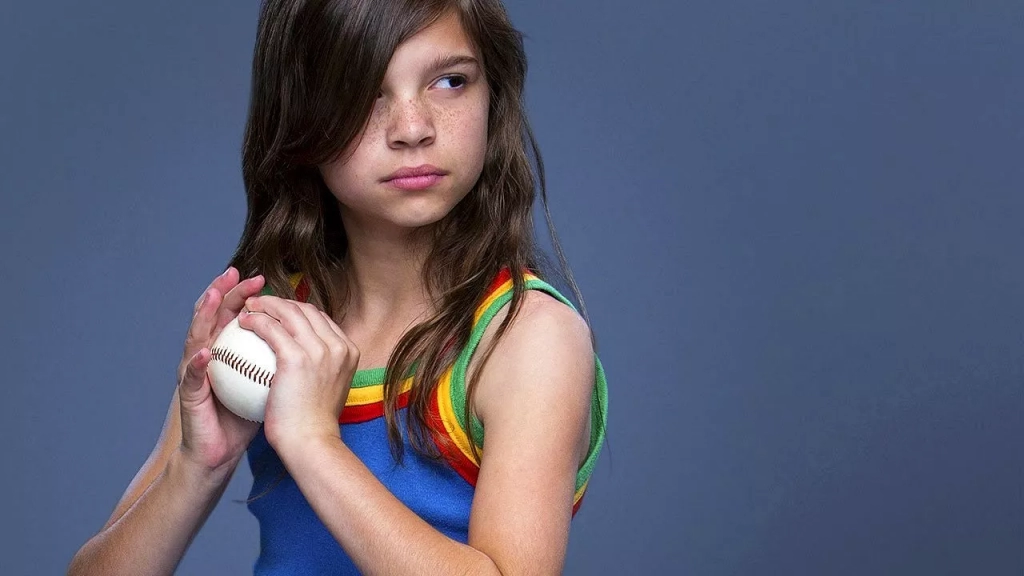
In recent years, a new neologism has developed in the field of marketing: femvertising , ie a communication strategy that seeks to combine feminism with advertising to represent strong, proactive and positive female models in the advertising field.
This type of communication aims to break down gender stereotypes, using the media and social networks which today, increasingly, play a fundamental role in culture, reflecting the social norms of one's society. Three out of four people believe that these media, by using a positive representation of women, have the power to change the way people think about gender roles and, at the same time, help shape and shape the way we live We see.
In Femvertising, therefore, the focus is precisely on female empowerment and on the insertion of images and messages aimed at undermining gender stereotypes .
In this article, let's see together what has led to the adoption of this type of communication and some of the more recent campaigns that have shown themselves capable of enhancing the figure of women.
What is Femvertising?
The term Femvertising was born in 2014, during a debate at the Adweek event in New York, moderated by Samatha Skey , CEO of the digital media company SHEmedia.
It derives from the union between feminism and advertising : this trend is identified within the " fourth wave feminism ", which makes social networks its main weapon. In fact, feminist movements have also entered the digital media, carrying forward debates that had already arisen in the last century.
These movements tend to take a stand against advertising campaigns that assign specific roles and behaviors to men and women, making use of stereotypes and sexualizing the female body.
It will be Samatha Skey who will set up the Femvertising Awards in 2015, a competition to reward those brands that challenge gender norms by inserting pro-female messages in their communication.
History pills
Let's see together how the figure of women in advertising has evolved over time and where we are today.
Between 1950 and 1960
We are in the 1950s, after the Second World War and in the period of the economic boom, where the main form of advertising took place in the newspapers or in the television commercials that were broadcast during the Carosello, a RAI program that our grandparents will remember for sure.
The woman of this period is modeled on two main archetypes: the bourgeois housewife and the mother (the archetype which has not yet completely disappeared). Consequently , the woman is associated with household products, appliances, detergents or food .
Many advertisements tend to lead to sexist stereotypes and reflect the male chauvinist society of those years.
An example is the advertisement for Van Heusen ties (1951), which shows a woman at the foot of the bed serving breakfast to her husband. Or that of the Chase & Sanborn coffee (1952), which sees the husband spanking his wife and the claim “ If your husband discovered that you don't do a “product test” for the freshest coffee…. Woe to you! ”, extolling their submission.
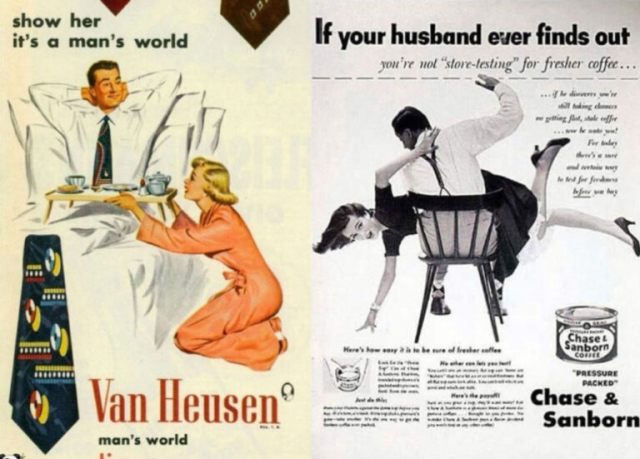
Only from the 1960s can we see a first sign of modernization. We see this in a Carosello di Barilla commercial, where for the first time women take on an active role.
The protagonist is Mina, one of the most transgressive celebrities of those years.
“ It is our pasta, Barilla pasta, because it is made for your man and for your boys ” […] “ There is a great cook in you, and Barilla reveals it .”
These are some of the sentences pronounced by Mina. The family's role of caretaker is still very strong and the role of cook is still reserved for the woman.
However Mina talks about “ cooking for your man and your boys ”, not for “ your husband and your children ”: a conquest for women in Italy in 1965.
The 70s and the sexualization of the female body
The protagonist of the 70s commercials is definitely the feminine, sensual and tempting woman.
For the promotion of the products, an extreme and idealized beauty of the female body is used, with the aim of gratifying and attracting male attention: in these years we speak of "woman object ".
The ads depict women with alluring eyes, in sensual situations and positions, often semi-naked with legs and buttocks in full view.
Some examples are the representations of Grappa Julia, which combines the product with a woman in a miniskirt and the phrase " a character that conquers you ", alluding to a similarity between the two.
Another case is that of Peroni. Again an advertisement that aims to attract the male gaze, hiding the naked body of a charming blonde girl behind a mug of Peroni beer.
Yet another example is that of Weyenberg Massagic Shoes, which appears in Playboy Magazine (1974), where a girl is lying naked on the floor next to the brand's shoe, accompanied by the claim "Keep her where she belongs" and "Keep her where she belongs ” , i.e. at the feet of a man.
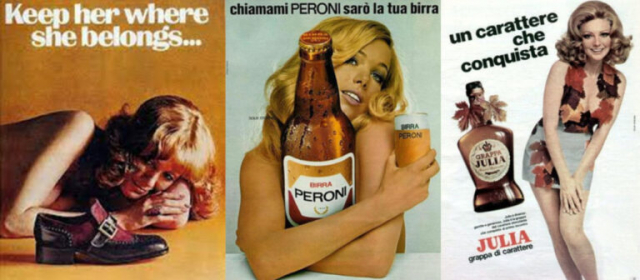
In Peroni's commercial for TV the same line is followed, where the words of the protagonist Solvi Stubing – who in the following years will become known to the public of Playboy magazine – are full of allusions and double meanings.
The 1980s: Traveling to Female Independence in Advertising
In the first half of the 1980s, the tendency to highlight the female body and physical fitness was still evident, becoming central to advertising and society.
Hair removal, make-up, fashion, the gym and dietary products are key points. The slender, lean body, free from imperfections is the dominant model of the campaigns of these years .
We see this in Sony's “ Now the difference is perfectly clear ” advertisement. Here, to show the public the new format of the cassettes, it was well thought of inserting one in the pocket of a pair of transparent trousers, worn by a perfectly shaped girl.
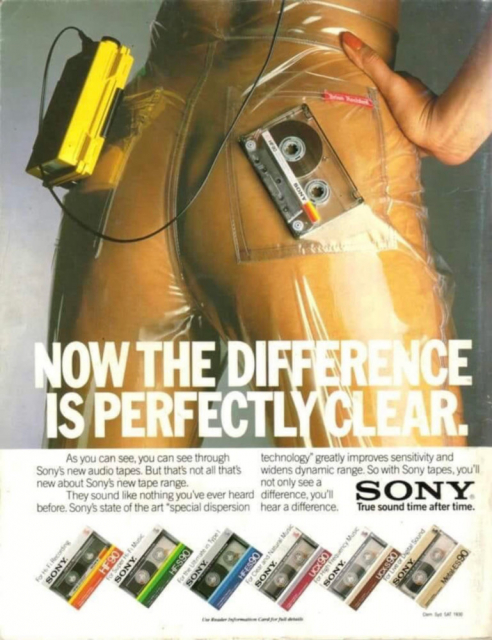
Only in the second half of the 1980s did something change: we saw the first representations of an independent woman, centered on herself and sexually liberated .
For the first time, women appear in the workplace, dressed in men's clothing and no longer alone, but also in the company of the opposite sex. There is a first hint of emancipation , a trend that will be even more accentuated in the following years.
Some examples are the Yves Saint Laurent print ad (1988), which depicts a woman in elegant attire at her workplace. Or again, the representation of the woman of Banca Credito Italiano (1988), depicted in a gray double-breasted suit, until then a symbol of the male world.
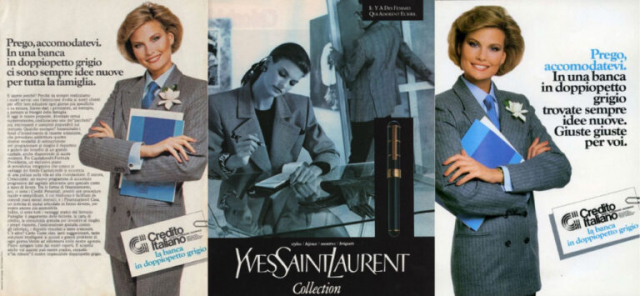
Between post-feminism and the economic crisis, the versatile woman in 90s advertising
The 90s were characterized by being a tougher period than the previous ones, influenced by an economic recession which was also reflected in advertising expenditure. These are the years of the discount supermarket chains and the war on price reductions.
Social differences are amplified and advertising is mainly aimed at the middle-upper class, the only ones still willing to spend.
The trend of the previous decade of representing women in all their freedom continues . There is talk of post-feminism , i.e. the tendency to celebrate female autonomy, individualism and the entrepreneurship of the self.
But that's not all, because in the 1990s the classification of women as housewives or workers no longer exists . In fact, women become multifaceted, their image is shaped according to the message to be conveyed.
At the same time, however, we return to the wake of the early 80s and the nude is cleared through customs, the female body is still used, but in an absolutely different way.
The Omnitel advertisement, for example, features Megan Gale as the protagonist, who drives her car and although surrounded by men who admire her beauty, this time she uses her charm in a conscious way.
2000s: a return to stereotypes
It is no longer advertising that adapts to the consumer, but the consumer who wants to approach the ideals of beauty proposed by advertising, which are populated by movie stars and famous models, who will contribute to shaping very specific aesthetic canons by outlining the "thin as beautiful ”.
Many ads from the early 2000s pick up on some gender stereotypes from earlier years. The problems exposed have not yet been fully resolved (and still are not today) and we return to advertising that does not particularly enhance the female figure, on the contrary.
There will be some brands that will even go so far as to eroticize violence, arousing numerous controversies, such as Dolce and Gabbana or Calvin Klein, whose commercials shown below recall scenes of sexual violence.
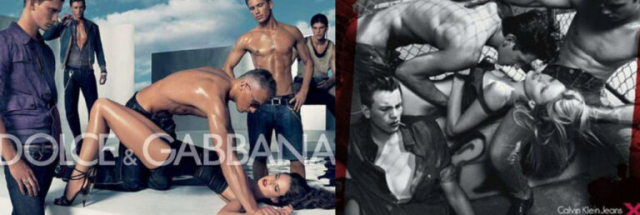
Inclusivity: the advertising buzzword of the new millennium
Advertising also moves to the Web and social networks. After 2010, a strong feeling for gender equality, social respect and inclusiveness issues will emerge.
No longer is a single ideal of a woman represented - white, thin and with a sculpted physique - but many women .
An example is that of the Dove campaign " Global Campaign for Real Beauty " (2004) where the advertising message is used more consciously. The protagonists are women of different nationalities and with different physicalities, so that the spectators can identify themselves in the unretouched bodies of models with different shapes and beauties.

Compared to the advertising of the past where the female figure was exploited with the sole purpose of enhancing the products, today the brand and the product almost take on a secondary role and what is highlighted are the communicative message and a whole series of values that revolve around the concept of inclusiveness .
Mind you, the role of seductive and bewitching woman does not disappear (and perhaps never will), but the figure of the woman in communication assumes the role of representing an ideal in which women can recognize themselves.
Since 2014 we have been talking about Femvertising
We have finally arrived at an inclusive and stereotype-free communication, where nudity and sexuality are totally cleared through customs, without however tending towards the vulgar.
The representations of women in advertising include different ethnic groups and beauties: we are in the years of body positivity and inclusiveness , where the keywords of communication are empowerment and freedom of choice.
The launch of the Femvertising Awards
To encourage practices for female empowerment, SheKnows Media launched the Femvertising Awards in 2015, to reward all those brands capable of challenging gender norms and creating pro-feminine images.
The latest edition of 2020 has also decided to add new categories to reward brands that use advertising to challenge social norms also associated with race, sexual orientation and religious beliefs.
Let's see some of the winning brands.
Super Bowl Ads – Bumble “The Ball is in Her Court”
To be awarded in the "Inspiration" category is the commercial of Bumble, the dating and networking app in which women make the first move, starring the famous tennis player Serena Williams.
A commercial that depicts a strong, talented, sporty and determined woman who encourages young women to take their place in society and show off their strength:
The world tells you to wait, and waiting is polite and good things will come. But if I had waited to be invited I would never have stood out. If I had waited for the change to happen, I never would have made a difference.
Don't wait to be told your seat, take it . Don't wait for people to find you, find them. In work, in love, in life. And above all, don't wait for power to be given to you, because what they don't tell you lies here: we already have it."
Serena Williams
The peculiarity of the commercial is precisely that it is destined to be aired during the Super Bowl, which has always attracted more attention from men and has always been dominated by ads "created by men for men".
“ We're about to enter the Super Bowl, a moment that puts men first and we're here to say that we're here too ” said Whitney Wolfe Herd, head of the team (all in pink) that made it possible to make the spot .
Secret Deodorant
Another brand to be awarded is Secret, which creates a commercial in partnership with the US Women's National Soccer Team.
The commercial is part of the "All Strength, No Sweat" campaign, which honors women who break boundaries and barriers, intent on pursuing their passions without "sweating" the obstacles in their path. We want to celebrate strength and team spirit, both on and off the pitch, highlighting the importance of support between girls.
“As a leading brand for women, Secret believes rooting for other women and teamwork will enable progress,” says Sara Saunders, Associate Brand Director.
The brand also contributed a $529,000 donation to US women's soccer to address the wage gap.
Always #LikeAGirl
Always , a brand of feminine hygiene products, won an award at the Femvertising Awards with the iconic Always #LikeAGirl commercial in 2014. The commercial aims to make the viewer reflect on gender stereotypes and the fact that, often, something “like a girl” is perceived as an insult.
Within the commercial, questions are asked of women and men, boys and girls. They are asked to mime some situations, such as: “ How does a girl run? ” or “ How does a girl throw? ”. The reactions of the interviewees are then shown, which show very different attitudes, especially between girls and women.
The girls, in the pre-adolescent phase, seem to be strong and self-confident and when asked questions they perform mimics that do not perceive the "like a girl".
In the period following adolescence, on the other hand, there is a decline in self-esteem in young women and the words "like a girl" are interpreted as something negative and profoundly disempowering.
Always carries an important message and aims to redefine the concept of “ like a girl ”, wanting to turn it into a positive statement. The brand is aimed primarily at young women, wanting to increase their self-esteem so that they do not identify with what is often described as "the weaker sex" .
But why do Femvertising?
The data tells us so, according to research by the Global Media Monitoring Project – which deals with showing how women are represented by the media – in 2020 it emerges that only 25% of the people talked about in newspapers, television or radio are women. Furthermore, it should be noted that women, in proportion to men, are dramatically underrepresented and rendered invisible.
The research then shows how this relative invisibility of women in traditional media has also extended to digital media. In 2020, the overall presence of women as news subjects and sources in digital media – the Internet, Twitter – is only 28% . Thus, the persistence of serious gender inequalities is revealed.
Still, women rarely appear in positions of power as much as men. On fewer occasions than men are presented with name, surname and title. As highlighted by the GMMP, it is more probable that traditional media talk about women in relation to topics such as unemployment, underpaid work, informal work or alongside them with beauty and fashion content.
Between body shaming and stereotypes about the menstrual cycle
According to data from Nutrimente Onlus, one woman out of 2 (48%) claims to be judged for having weighed too much , a consequence that especially leads young women to develop eating disorders and orientation towards incorrect nutrition.
The most sensitive to physical attacks appear to be adolescents aged between 18 and 21. Even men are not free from criticism of their bodies, but the percentage reaches just 11% of the total.
As shown by the data from the research on GenZ carried out by Skuola.net , carried out in collaboration with Lines and Tampax, as part of the “ Uncomfortable Questions @School ” initiative:
“Hardly any teenagers are spared from body shaming and the percentage of those who constantly receive negative comments about their physical appearance is higher among girls.”
Further data emerges from the research: 8 out of 10 girls have been the victim of clichés about the menstrual cycle and a hint of nervousness have been told “ Are you nervous? Are you on period? ”. Another topic on which adequate awareness is therefore necessary.
Yes, Femvertising is still needed
Femvertising allows you to guide awareness and collective change in relation to the role and image of women in society .
In the light of these data, although enormous progress has been made compared to the past century, where women in advertisements were depicted only in the role of wife and housewife, it is still vital today that brands take responsibility for intervening on the current condition and to convey an ideal of a strong and independent woman, providing positive role models, especially for young girls, in order to drive change within society.
When you subscribe to the blog, we will send you an e-mail when there are new updates on the site so you wouldn't miss them.
By accepting you will be accessing a service provided by a third-party external to https://www.insightadv.it/


































































Comments